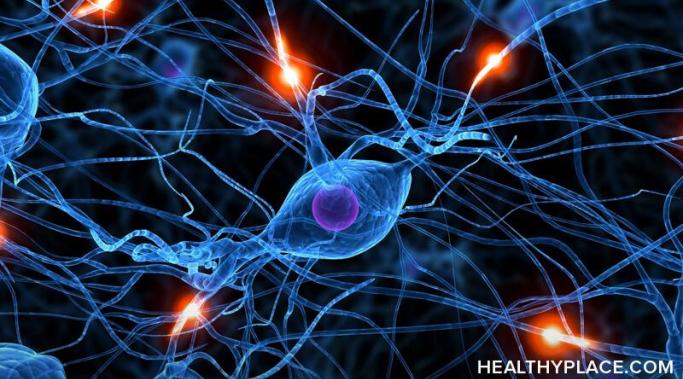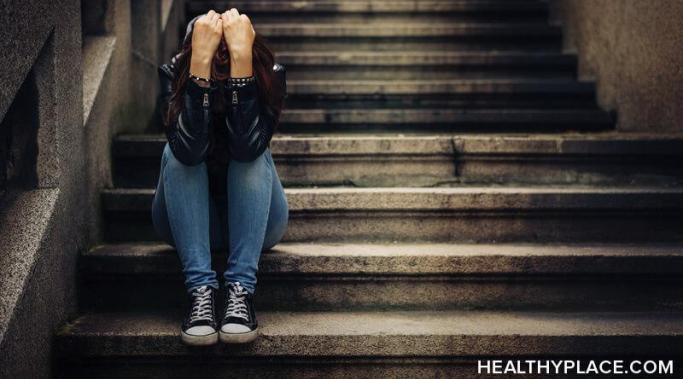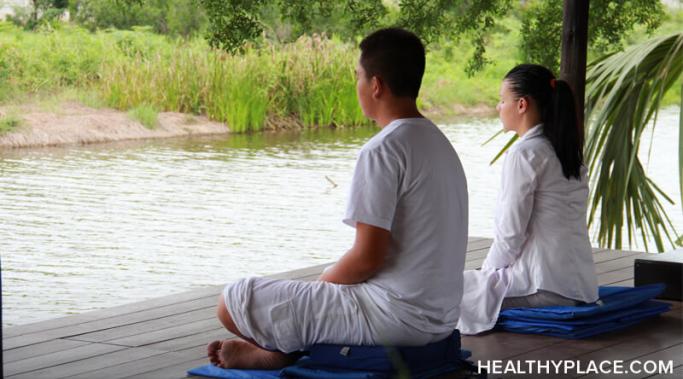"I am innocent of the illness that befell me." "I am strong. I am brave." "I am worthy of self-compassion." These are a few of my positive affirmations, said aloud or in silence, to help (re)train my brain. When I started therapy to treat trauma-induced anxiety and panic, these words were hollow and represented nothing more than wishful thinking. As my treatment progresses, adaptive thoughts, similar to my affirmations, are integrating themselves into what I believe about myself.
GAD
A little while ago I wrote about my experience with eye movement desensitization and reprocessing (EMDR) therapy. I had never heard of EMDR until my therapist, who specializes in trauma therapy, introduced it to me as a way to treat the panic and anxiety I experience associated with a trauma I recently suffered. Now, I'd like to share how I feel immediately following an EMDR session.
I have aphantasia, a neurodiversity (a different way of thinking), whereby I am unable to visualize. Most of you reading this now can easily imagine a sunset, a calm lake, or fluffy white clouds against a crisp, blue sky. I simply cannot conjure images. Having a blind imagination, as it's sometimes called, used to trigger my anxiety insomuch as my inability to visualize used to cause frustration, anger, confusion, shame, and a feeling of failure.
Therapy can be grueling sometimes. Anybody who tells you differently is either lying or trying to soften the blow. Regardless, they've done you a disservice, in my opinion. In order to reap the benefits of therapy, a commitment to work hard in partnership with your therapist is required. I've engaged in trauma therapy to help with my anxiety. My experience with eye movement desensitization and reprocessing (EMDR) trauma therapy is hard work that's paying off.
I've suffered from anxiety since I was a child, although I didn't get diagnosed with an anxiety disorder until my late-30s. The often visceral symptoms of anxiety are hard enough for an adult to describe, let alone a child. The episodes I had as a child were scary, and while I tried to explain what was happening to my parents, they simply didn't know enough back then to help me. And so, I began to suffer my anxiety in silence.
They say there's an app for everything. I certainly have dozens of apps on my mobile devices that provide access to whatever I need at my fingertips. I recently started using an app to track my moods as a means by which to map the ups and downs of my anxiety.
I've been on antianxiety medication since 2001 when I was first diagnosed with anxiety and depression. Out of some odd compulsion or perhaps, shame from having to take drugs to manage my mental illness, I weaned off my anxiety medications three times since I began. The first two times, it ended badly. The last time, it ended in disaster.
Talking openly about anxiety, or any mental illness, is a relatively new concept. For many, it can be a terrifying notion. It wasn't that long ago that psychiatric illnesses were not only a blight on the individual but on the whole family, as well. This is finally changing.
I was in my late 30s when I was diagnosed with generalized anxiety disorder (GAD). As a child of the '60s born of immigrant parents who survived both the Great Depression and World War II—each of them with their own harrowing experiences—I was raised with a don't-complain-pull-up-your-bootstraps-and-get-on-with-it mentality. As such, I grew up feeling unworthy of my anxiety.
Generalized anxiety disorder (GAD) is a relentless experience of anxiety and worry. Worry and anxiety are part of the human experience; there’s even a type of anxiety known as existential anxiety that we feel simply because we exist. However, the anxiety and worry of GAD go far beyond ordinary anxiety. Regardless of the type of anxiety you experience, even if it’s a diagnosable disorder such as GAD, you can find peace as you learn to leave worry at the door.








